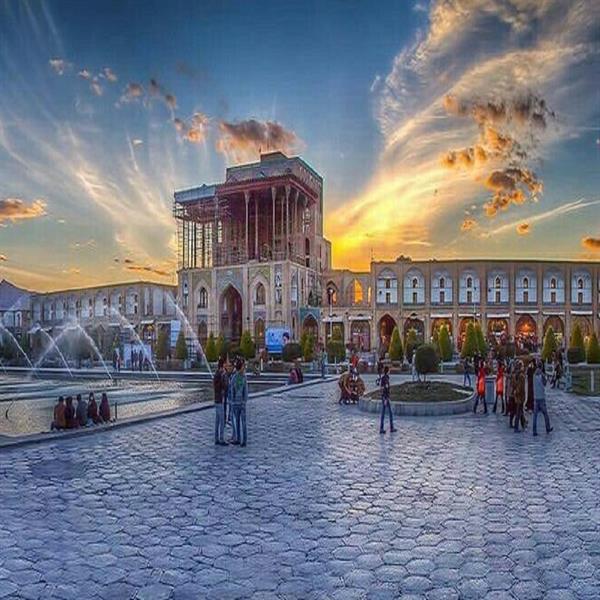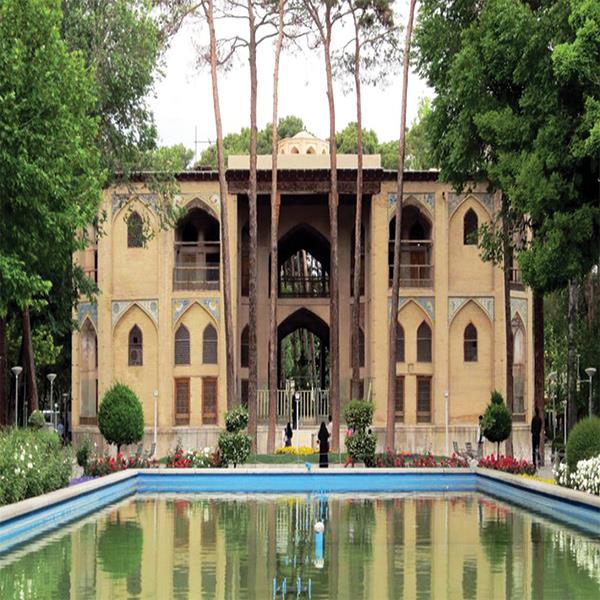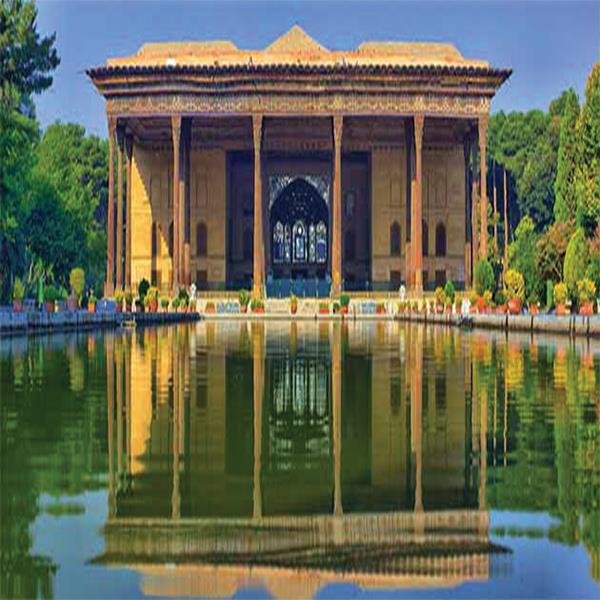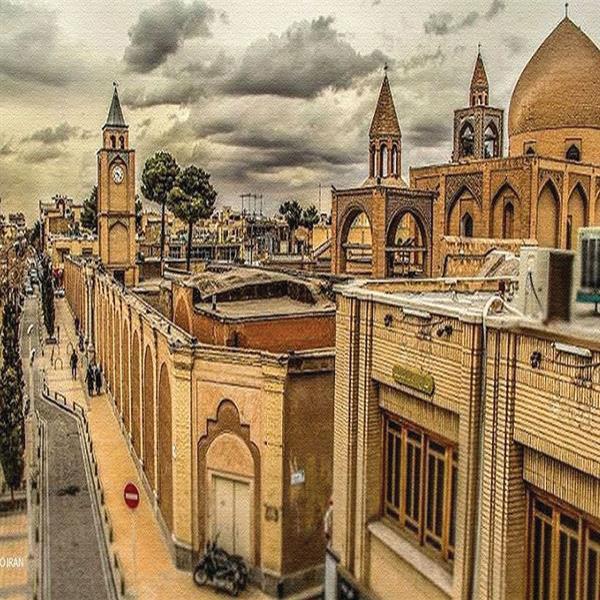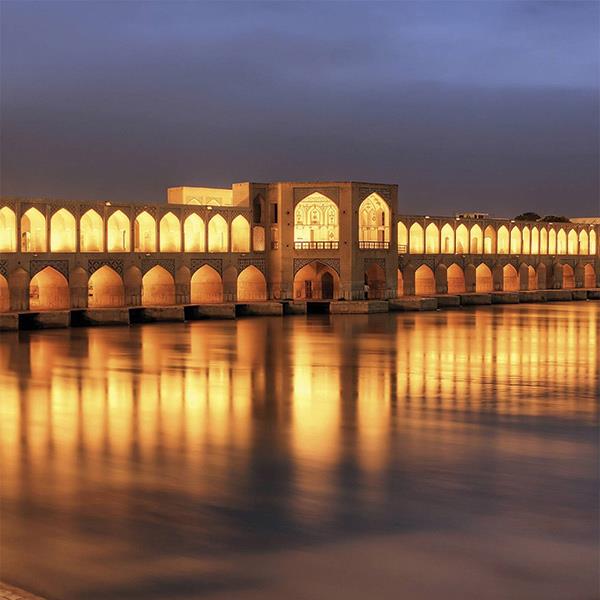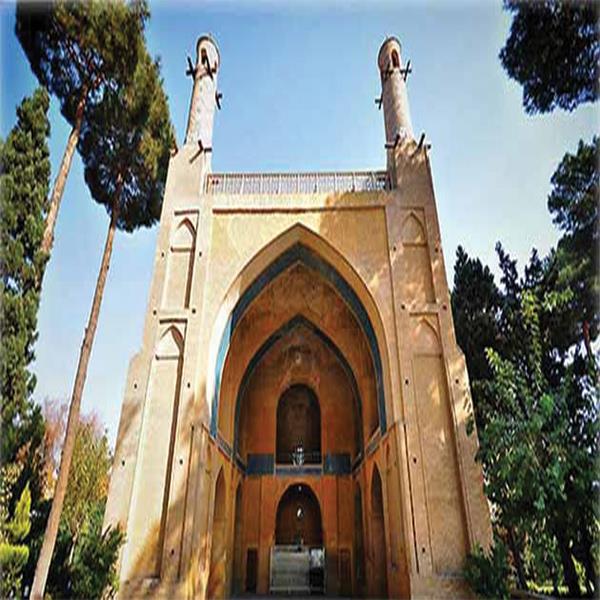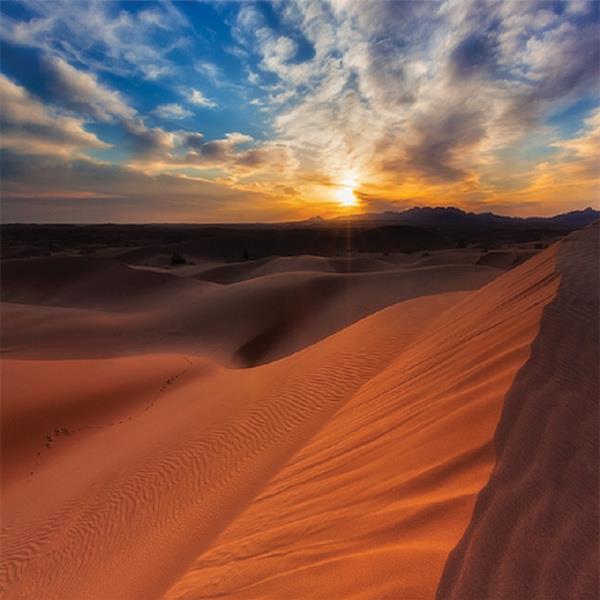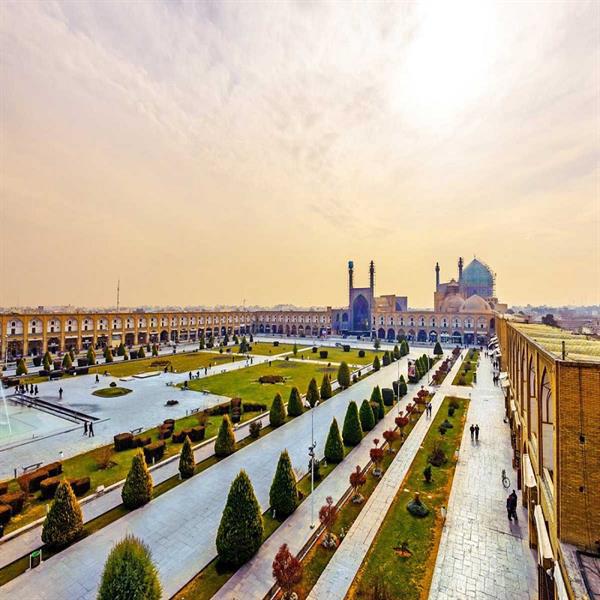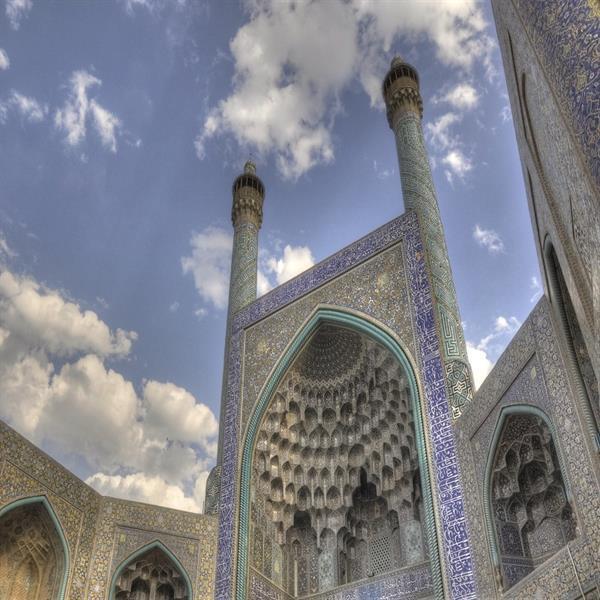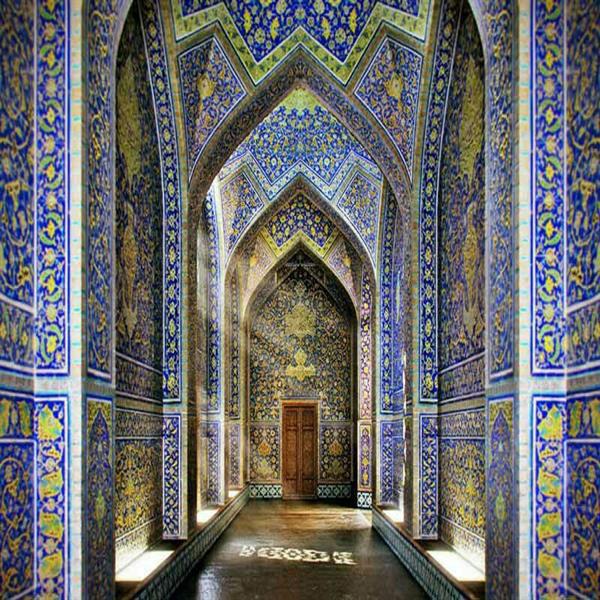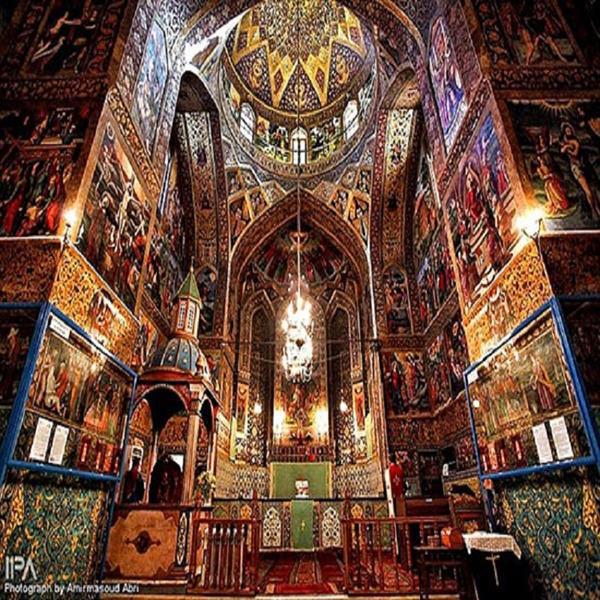Isfahan
One of the largest city of Iran that is located almost in the center of today's Iran, where the main north-south and east-west roads cross is Isfahan. It is an unforgettable international tourism destination popular all of over the world, an encyclopedia of Iranian and Islamic civilization, locally famous as half of the world. This beautiful city presents the real Persian character, the most glorious in historical and architectural wealth. Monuments are great examples of our art and architecture.
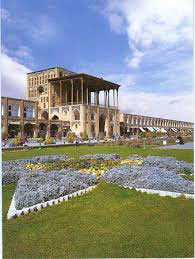
History
The city was first called Ispahan because during the Sasanian Era a nation called Sepahian lived in the fertile plains near a city and then they formed a city and named the city after their nation. The city’s golden age began in 1598 when the Safavid ruler Shah Abbas I (reigned 1588–1629), made it his capital and rebuilt it into one of the largest and most beautiful cities of the 17th century. This all lasted until it was sacked by Afghan invaders in 1722 during the Safavids heavy decline.
The city was at the height of its glory Even today. During the Safavid Era, in the 10th century, Isfahan became the center of commerce, culture and industry. In the beginning of the 11th century, 1006 AH, the capital of Shah Abbas's empire moved from Qazvin to Esfahan and this city was the capital of the Safavid dynasty for about a century and a half. That is the reason for the city's fame.
Attractions
Still much remains of the vision of Shah Abbas "the Great", to make the city a must-see for present-day visitors to Iran. Naghshe Jahan Square is one of the largest city squares in the world. It has been designated by UNESCO World Heritage Site. The city also has a wide variety of historic monuments and is known for the paintings, history and architecture.
Jameh Mosque, the largest in Iran, contains architecture from over 800 years of Persian history. Bazar-e Bozorg is a huge market several kilometers long, dating from the 16th century. Imam Mosque is rightly noted for the beauty of its blue-tiled mosaics and fine Safavid architecture. The Sheikh Lotfollah Mosque on the eastern side of Imam Square was dedicated by Shah Abbas to his father-in-law, Sheikh Lotfollah a noted Islamic scholar from the Lebanon. The Chehel Sotun Palace, set in a lovely garden, was originally built by Shah Abbas as a pleasure palace but was destroyed by fire in 1706 and later rebuilt. Another masterpiece of 16th century Persian architecture is the six-story Ali Qapu Palace, built as a residence for the great Shah. The Hasht Behesht Palace (Eight Paradises) also endured considerable damage since it was built in the mid 16th century.
